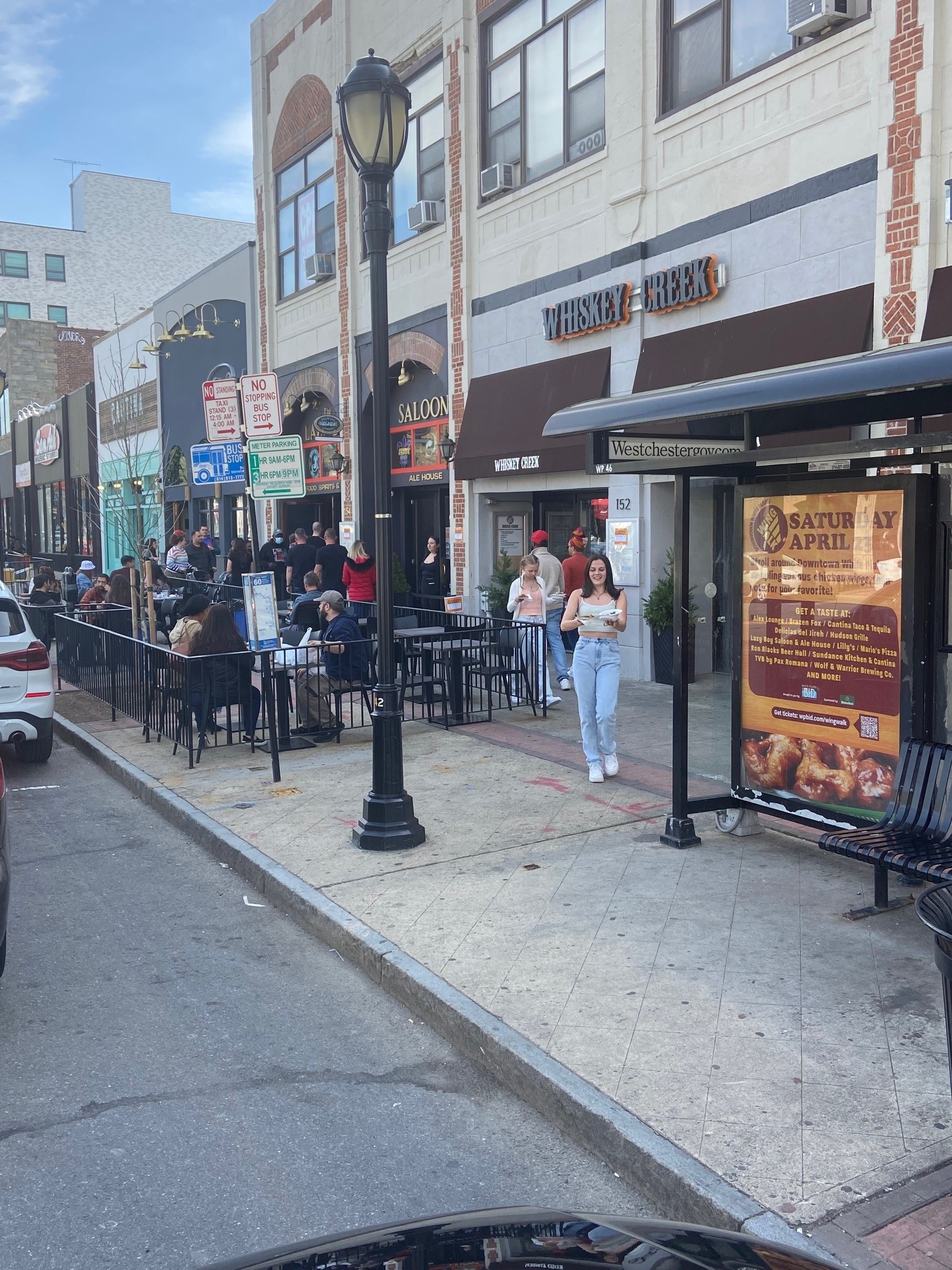Hits: 126

One of our biggest public health challenges is to decrease the rate of severe COVID-19 disease in the face of pandemic fatigue, dried up funding, misinformation, and a changing virus. Paxlovid—an antiviral medication—is a tool we still have left.
However, recent data shows concerning trends of Paxlovid use. For example, less than 30% of 80-85 year-olds with COVID are getting a prescription for Paxlovid. This is a major problem. This group is at the highest risk for severe disease and death, even if vaccinated. Improving knowledge, confidence, and thus prescriptions and use should be a priority.
Here is the latest data on effectiveness, rebounding, and drug interactions with Paxlovid. (To see how Paxlovid works, go here.)
Effectiveness
As with vaccines, we rely on two types of data: clinical trials data and “real world” data. Both have limitations, so looking at them together gives us the best picture.
Clinical trials
- The original Pfizer clinical trial tested the efficacy of Paxlovid on “high-risk” individuals: unvaccinated with at least one high risk characteristic, such age 65+ or a comorbidity. This trial was during the Delta wave. Paxlovid reduced hospitalization and death by 88%.
- Pfizer had a second clinical trial testing the efficacy on “standard risk” individuals, for example younger people. The drug was not effective. Pfizer stopped the clinical trial early.
Real world data
- A study published in Israel found Paxlovid reduced hospitalization by 70% and death by 80% but only for people aged 65+. There was no benefit for 40-64 year olds.
- The vast majority of people in this study had some level of immunity (vaccination or prior infection). This means that Paxlovid helps vaccinated older adults.
- A study in Hong Kong found Paxlovid was useful among people >60 years old and <60 years old with a comorbidity. This study also included people who were vaccinated.
- Another study in Hong Kong found that, among hospitalized patients, Paxlovid reduced viral load and helped patients recover faster.
- A non-peer-reviewed report on 560,000 U.S. patients found similar patterns:
- Among those 65+ years, 73% had a lower chance of hospitalization and 79% a lower chance of death.
- When separated by vaccination status, the benefit remained. This analysis did not account for other variables that could explain this relationship, but the authors said this analysis is currently underway and, thus far, results have not changed.Unadjusted age distribution of COVID-19 hospitalization and death rates by Paxlovid use from March 1, 2022, through August 1, 2022, for patients with a complete primary series of COVID-19 vaccination but no documented booster vaccination.
Rebounding
COVID-19 rebound occurs when a person takes the drug for a few days, tests negative, and then tests positive again several days later. Since my last update, we still don’t know the “true” frequency in which this happens after Paxlovid. But we have discovered other important pieces to the rebounding puzzle:
- Rebound doesn’t impact immunity. A small but important study found that rebounding after Paxlovid does not interfere with the immune system’s ability to develop protection. In other words, if you take Paxlovid, you will still make antibodies and T cells. In fact, this study found that you make more antibodies.
- Rebounding is common without Paxlovid. A preprint found 1 out of 8 people rebounded without Paxlovid. Those that rebounded were more likely to be older. Among those that rebounded, only 10% had symptoms.
- Rebounding may happen more frequently with Paxlovid. Another preprint found rebounding after Paxlovid (3 out of 11) was more common than rebounding without the drug (1 out of 25). Why this is the case is one of our biggest unanswered questions.
- Rebounding is mild. Another important question is whether rebounding leads to severe disease or milder disease. In other words, does it cause harm? Small studies report the majority of people experience milder symptoms during rebound compared to the initial infection. LA County reports no severe COVID-19 cases after rebounding, too.
Interactions with medications
One limitation to Paxlovid is that it can interact with other medications. The older the person, the more comorbidities, and the more medications. This may explain suboptimal uptake. The good news is there aren’t too many drug-to-drug interactions. The Infectious Disease Society of America released a report summarizing the the top 200 prescribed drugs and their interactions with Paxlovid. They found only 2 drugs have interactions so severe that Paxlovid should be avoided:
- Rivaroxaban (Xarelto)
- Salmeterol (Serevent)
With the help of a clinician, other medications can be managed so Paxlovid remains an option. Be sure to get advice from a clinician.
Other benefits?
Severe disease is not COVID-19’s only outcome, so a comprehensive assessment of Paxlovid is beneficial, especially if we are considering populations outside of 65+:
- Transmission: A randomized control trial of more than 3000 people found that Paxlovid does not prevent COVID-19 infection.
- Long COVID: Unfortunately we do not know whether Paxlovid reduces the risk of long COVID.
Bottom line
Vaccination is the safest and most effective way to stay out of the hospital.
Paxlovid acts as a fantastic second line of defense among unvaccinated people and vaccinated older adults. This is the case even if they rebound.
We are entering winter with limited tools, so Paxlovid needs to be top of mind.
We’re simply missing too many opportunities to use it among high risk people.
